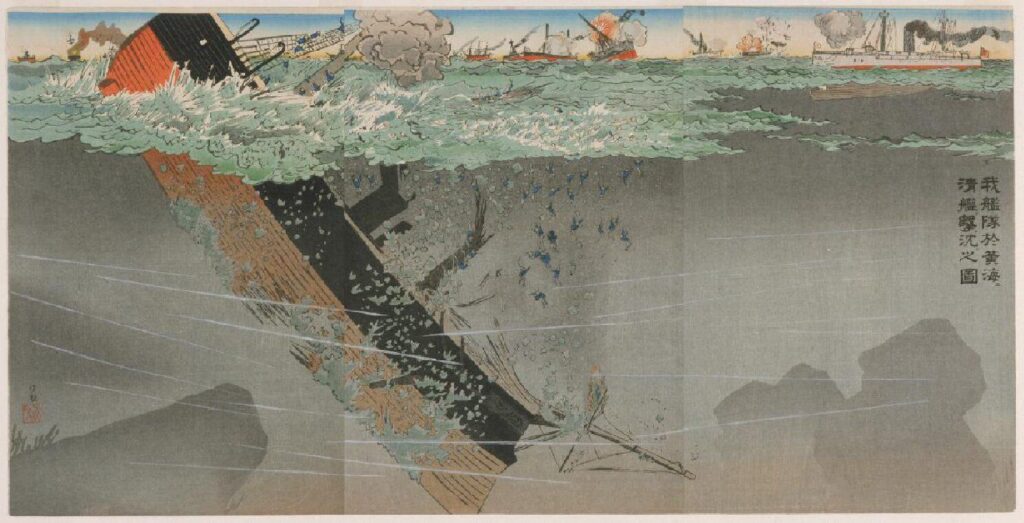Upon hearing President Smith’s recent announcement regarding her sabbatical, I was reminded of an incident that occurred in 1953 as Swarthmore was left presidentless by then-president John Nason’s announcement of his retirement. As the presidential search committee began to scour the country for a suitable replacement, The Phoenix published an article in the Tuesday, Feb. 10, issue that someone had been found. “Adlai Prexy,” states the front page headline. The following article goes on to detail that the defeated 1952 Democratic nominee for President, Adlai Stevenson, had been contacted by the search committee and had accepted the position of president of Swarthmore College.
The article stated the acceptance had come by way of long-distance phone call. It supplemented this claim with a photograph of the then Board of Managers Director Thomas McCabe (of McCabe Library fame) handing the board’s decision of approval to Nason. The photograph was actually an unrelated photo that they had found and used in the article. The article includes several quotes, including one from Nason stating, “If the students thought Mr. Stevenson would make a good president for the country, then he ought to be good enough as president of their college.” This is in reference to a poll appearing in the October 1952 issue of The Phoenix. In a mock presidential election on campus, Adlai Stevenson won 368 votes from students, with 282 votes going to General Dwight D. Eisenhower, eighteen for progressive Vincent Halinan, and sixteen for socialist Darlington Hoopes.
Subsequent research into college archives reveals that actually there are two newspapers for Feb. 10, the second being published after the date as a “correction issue.” An article titled “Adlai Not Even Wanted by Managers; Ex-Makeup Editors Lead Pranksters” revealed how the fake news issue came to be. According to the article, on Sunday night Feb. 8, The Phoenix received a call from the Philadelphia Inquirer following up on a tip they heard that Adlai Stevenson was going to be the next president of Swarthmore. The Phoenix editor answering the phone replied that, last they knew, the search committee was still a month off from finding a candidate, according to the secretary of the presidential search committee. After a second inquiry, Nason confirmed to The Inquirer that Adlai was not a candidate for president of Swarthmore. The fake article had come about through the machinations of two former Phoenix editors. They had typed up their version of the front page and snuck into Havertown Printing Company (where The Phoenix was printed) on Monday night and made the switch. The corrected Feb. 10 issue of The Phoenix reported: “Tuesday night found Inquirer and Bulletin reporters on the campus, news of Stevenson and Swarthmore on the radio…” The Philadelphia Inquirer reported on the fallout of the incident in their Feb. 11 issue where the hoax was front page news. According to The Inquirer’s article, fifteen minutes after the issues were released on campus, at 6 p.m. on Tuesday, President Nason and the Phoenix editors were rounding up copies and burning them. “By 6:30 p.m. copies were being sold at a premium and the quotation at 7:30 p.m. was $2.00 [about $23 today].” This was not President Nason’s first scuffle with The Phoenix. During his term as college president, he banned The Phoenix from publishing for two weeks because of an article on the Kinsey Report, an early study on homosexuality, which he considered to have shown “poor judgment and bad taste.” Before that, he had been lampooned by The Phoenix for opposing men and women visiting each other’s dorms. President Nason would be succeeded by Courtney C. Smith, who served from 1953 to 1969. During his tenure, Smith would fight McCarthyism in higher education, one notable example being pulling Swarthmore out of a federal student loan program which required students to swear an oath of loyalty to the U.S. Ultimately, I was unable to find out what happened to the pranksters, but I imagine they would be happy to know that humor in journalism is not dead at Swarthmore.

















Nicely written article!